Dragons and Bulls: Profitable Investment Strategies for Trading Stocks and Commodities
$97.34
| Author(s) | |
|---|---|
| Format |
|
| Pages |
143 |
| Publication Year |
1996 |
Stanley Kroll is a ‘master’ in financial trading and strategy. Dragons and Bulls: Profitable Investment Strategies for Trading Srocks and Commodities consolidates his depth and insight, gained during his 34 years on Wall Street. For individuals who want to take a leadership role in global markets, this book is useful for bo,th analytical and operational purposes. Dragons and Bulls offers focus against a contemporary and critical business landscape. I have prepared a translation for investors in China, where information on investing and speculating are limited.
Stanley Kroll started his career in 1960, on New York’s Wall Street. During his 34 years of Wall Street trading, he accumulated a phenomenal amount of experience and wealth. He left the highly competitive Wall Street arena a millionaire and started travelling around the world. During this five-year sabbatical, Mr. Kroll enhanced his studies on economics, finance and investment strategies. He has written five books: Dragons and Bulls: Profitable Investment Strategies for Trading Stocks and Commodities is his sixth work.
In 1993, Mr. Kroll relocated to Hong Kong, where he now resides, and is managing director of his own financial consulting firm. He concentrates on managed futures trading, financial and commodity hedging, risk control and investment strategies. Commodity futures and equity trading have just started in China. Compared with the 200-year history of Wall Street, we have a long way to go, especially as most Chinese lack experience in investing, speculating and risk management. In this book, Mr Kroll shares his decades of investment experience, and distinguishes himself with his own trading methods and strategies.
Contents:
- Introduction: The Man They Called J .L.
- The Importance of An Investment Strategy
- Winners and Losers
- Technical versus Fundamental Analysis
- The Art of War, by Sun Tzu (circa 2300 BC) and The Art of Trading Success (circa AD 1994)
- That’s the Way You Want to Bet
- Those That Know Don’t Tell; Those That Tell Don’t Know
- Why There is No Such Thing as a ‘Bad’ Market
- Perception versus Reality
- Risk Control and Discipline: Keys to Success
- Long-term versus Short-term Trading
- Buy the Strength; Sell the Weakness
- Larty Hite: The Billion Dollar Fund Manager
- Creating and Using a Technical Trading System
- Trading Systems. Kroll’s Suggested Method
- The Intricacies of Order Entry Procedures
- Epilogue: Kroll Market Strategy for Consistent Profits
- Postscript: Investment Opportunities in China and Hong Kong for the 1990s
Dragons and Bulls: Profitable Investment Strategies for Trading Stocks and Commodities By Stanley Kroll pdf
2 reviews for Dragons and Bulls: Profitable Investment Strategies for Trading Stocks and Commodities
Clear filtersOnly logged in customers who have purchased this product may leave a review.

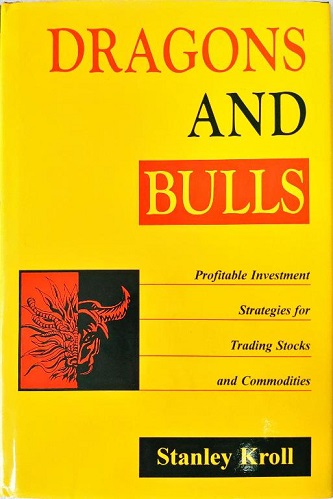
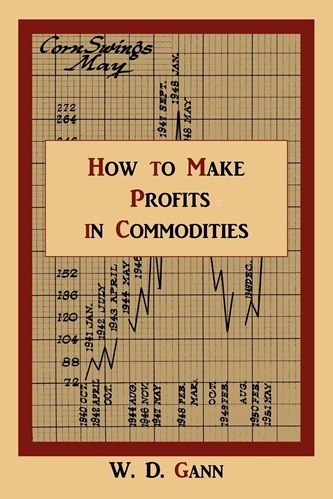
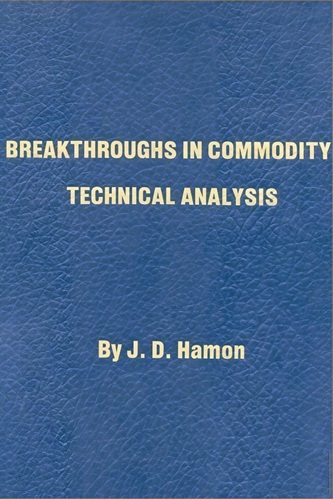
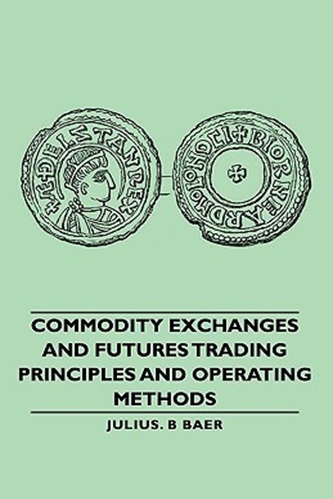
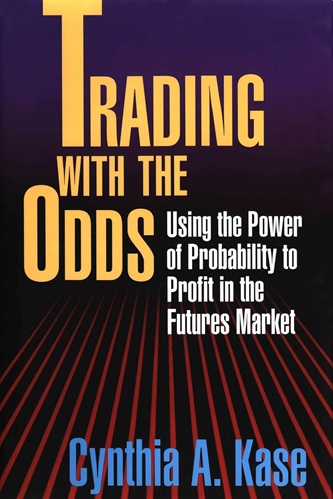
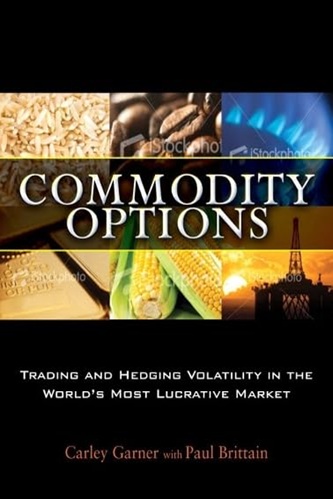
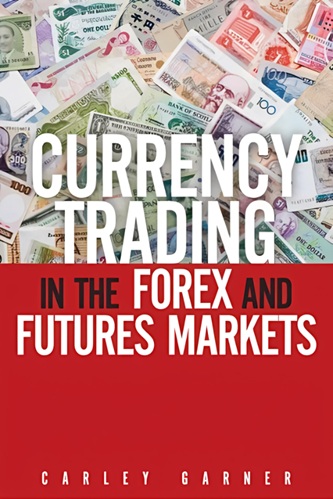
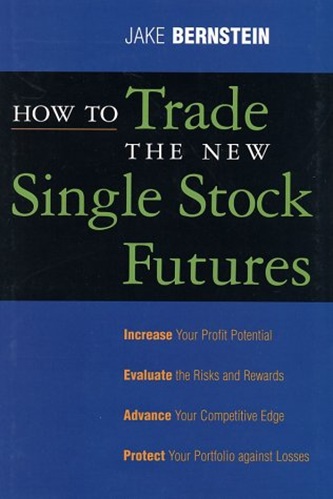
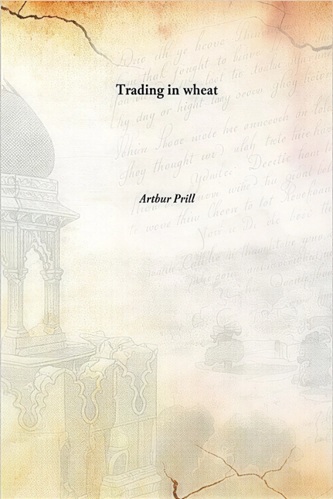
Evie Lamb (verified owner) –
Anything by Kroll is worth the price and I got this one to complete my collection of his writings.
Troy Wade (verified owner) –
The first thing that impressed me was how much Kroll’s Dragons felt like and reminded me of Jessie Livermore’s How to Trade in Stocks.
Memoirs
I knew for sure this would be something special because Stanley was not trying to make a textbook or have somebody else write it for him. Unlike many books written for no one in particular, Kroll assumes readers know how to read charts and has had some experience speculating. This book is inner Kroll. Dragons supplements Reminiscences.
Risks
Not written to praise the market or pay homage to his experiments with technical analysis. Dragons covers the essence of speculating whether it is securities that require the greatest risk margin like stocks, minimum margins like futures, or practically no margins at all like calendar spreads.
Strategies
It is clear that Kroll dabbled with fundamentals. He got over that. Then he may have gone a little to far with technical analysis. But it is clear that he honed in on his true contribution to trading with Dragons. Stanley finely figured it out. He had to draw on none other than Sun Tzu to pull it all together with a little help from Partridge. Traders should be more concerned with an overall profitable operation than catching tops and bottoms. The most expensive loss effecting success, is the loss of confidence.
Mort
Dragons is light on Livermore the trader, heavy on Sun Tzu the philosopher. It is not so strange that many people expound on a philosophy as life itself draws to a close. Do you suppose this acceptance precedes death?
Forces
The long shot pays better, but the favorite is the way to bet. Presuppose that every with-the-trend trade will be the big one. You maintain your potential for profit when you hold on, build positions, and sell your losers. Buying strength and selling weakness applies to portfolio management, right thru selection of markets to the time differences between contracts. Buy what’s going up, sell or even short what’s falling.
Oscillator/ Indicators
Stochastics – entry
Parabolic – pyramid and stop
Macd – trend confirmation
Bollinger Bands – volatility
Moving Averages
Kroll suggests that moving average crossover systems, combined with the slope of the moving average are good enough to confirm a trend. Stanley reinforces a theme that has made has been taught before by Joe Ross in his excellent “Trading Spreads,” and by Wells Wilder in “New Concepts,” by Jake Bernstein probably in “Seasonality,” and spread guru Jerry Toepke of “Moore Research.” It does not matter what technical studies that you use, as long as you are comfortable and use them regularity.
Control losses and allow profits to run
Limit risk – percent of exchange margin
Avoid overtrading – churning or too large a position relative to capital
Cut your losses – advance your stops
Parabolic
The most difficult part of developing a trend following system is fine-tuning your stops. Using a percentage of exchange margins has the advantage of being related to the volatility, risk, and the profit potential of each market. Another strategy is to advance your stop after each week. You have to develop a method to reenter lost positions as well as build your position in a trending market.
Spreads
In the early 80’s Stanley told me that he did not specifically trade spreads, but sometimes they showed up to advantage requiring fewer margins. Kroll notes that Spreads advantages include higher profits. Here Kroll shows spread charts from the mid eighties and has a whole chapter on spreads in Dragons. Kroll suggests traders watch spread differences as an accurate indicator for managing positions.
Spread Orders
Stanley does not mention market on close spread orders (MOC), preferring instead to leg in and out. But he does suggest giving your broker the spread order. Stanley details the three reasons that you might want to place a spread, switch, or straddles order.
Entering a new trade,
Shifting forward (rollover)
Spreading a losing position
Wisdom
Kroll’s tactics remains about the same as he marketed a decade before with Wells Wilder. You can see this in his long-term winners, short-term losers philosophy.
Tactics
Kroll sets up for a major move entering with-the-trend positions, and try’s to stay with them as long as possible. Diversification with the addition of China stock indexes. Price based entry signals, no longer optimized. No long side bias. Stop placement that allows time & space for long-term trades to develop. Kroll may get in late on an entry signal that is showing a loss, but when he gets stopped out prematurely he would get right back on board a day or two later, when the trend resumed.
Regardubg Oruce Keveks?
Just as Stanley likes to quote Jessie, following are some quotes from Kroll’s Dragons:
I am a long-term trader on my winning positions and a short-term trader on my adverse ones.
The traders who make money on a consistent basis are the long-term position traders.
One of the traits of successful operators is to close out losing positions and stay with, and even add to, the winning ones.
In two related markets, you should buy the strongest acting one and sell the weakest acting one.
The most important tactic for consistent and successful speculation is to control losses.
A long-term holder speculating with the trend, should not try to capture small counter-trend profits by trying to get in and out.
I might lose my position, and with it the certainty of making a big killing with the big move. It is the big swing that makes the big money for you.
If you exit a trending position, regardless of the reason, and on the close of the next two days the trend is still in the original direction, you should get back on board.
The most damaging loss, and the one to be avoided at all costs, is the loss of confidence and belief in your ability to trade with consistent success – you must avoid that loss at all costs.